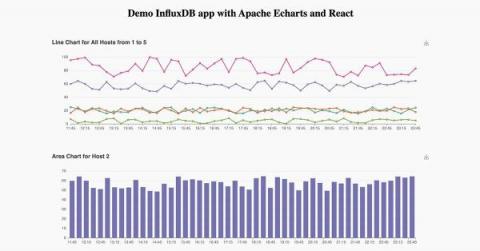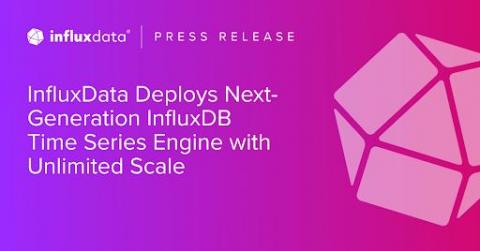October Monthly Product Update - InfluxDB New Engine and More!
We love to write and ship code to help developers bring their ideas and projects to life. That’s why we’re constantly working on improving our product in sync with developer needs to ensure their happiness and accelerate Time To Awesome. This month is very special. We now have a new engine that significantly increases the “horsepower and torque” for InfluxDB.











